Life transforming technology
I take my young cousin, Daniel, to the Science Museum on Saturday. Besides, I think, perhaps I’ll learn something new.
Upon arrival, Daniel’s energy takes over, and he vanishes into the maze of exhibits. As I wander through the museum’s labyrinthine corridors, I am struck by the simplicity of some innovations that sparked revolutions. The wheel, the steam engine, the microchip—all humble beginnings with profound, often unpredictable consequences. The unintended ripple effects of innovation remind me how tightly humanity’s fate is tied to its creations.
As the information revolution unfolds, its effects on businesses are unmistakable. Geographic barriers that once defined the location of resources, labour, and capital are becoming irrelevant. Money flows freely through worldwide electronic markets, and the economy increasingly transcends physical borders.
Meanwhile, I find Daniel immersed in a new multimedia exhibit, surrounded by computers connected to the Internet. The exhibit is a playground of possibility, offering something for everyone. In the virtual universe, we can shop, bank, make friends, stay informed, and research—all without ever leaving the room. Technology promises to deliver more for less effort, reshaping industries and how we live and interact.
Social media, especially its visual forms, is just one chapter in the ongoing story of human communication. Visual platforms like YouTube, Instagram, and TikTok have transformed how we perceive and interpret the world. Unlike spoken or written language, the language of film and moving images is unstructured. It requires no grammar or vocabulary to understand. Its accessibility is its strength, but also its challenge. We absorb vast amounts of visual information, often without questioning the narratives or perspectives they convey. What stories are we being told? What truths—or distortions—are being fed to us?
As Daniel climbs into a replica spacecraft suspended in the space-age exhibition, I think about the other side of this technological leap forward. A counter-movement, SKIN (short for “Seeking Kinship in Neighbourhoods”), warns that as we immerse ourselves in the virtual universe, we risk losing something essential: our sense of community, our attachment to neighbourhoods, family, and friends.
Technology promises convenience and connection, yet these innovations’ high costs create divides. While we revel in the digital age, many remain excluded. A third of people in developing nations can’t read, let alone access the Internet. This creates a stark gap between the information “haves” and “have-nots.” The digital divide is not merely a technical problem but a social and moral challenge that demands attention.
As I look around the museum, it feels like a microcosm of our times: a celebration of human ingenuity tempered by warnings about its consequences. Crossing into the virtual world offers limitless opportunities but also requires vigilance. I think of my values—family, friendships, and the importance of staying grounded in reality even as technology redefines it.
As we leave the museum, Daniel’s excitement reminds me of the boundless potential that technology brings. But it also reminds me that in a world increasingly driven by innovation; we must strive to hold onto the connections that make us human. The challenge is not to resist the future but to ensure that we don’t leave behind the things that matter most as we step into it.